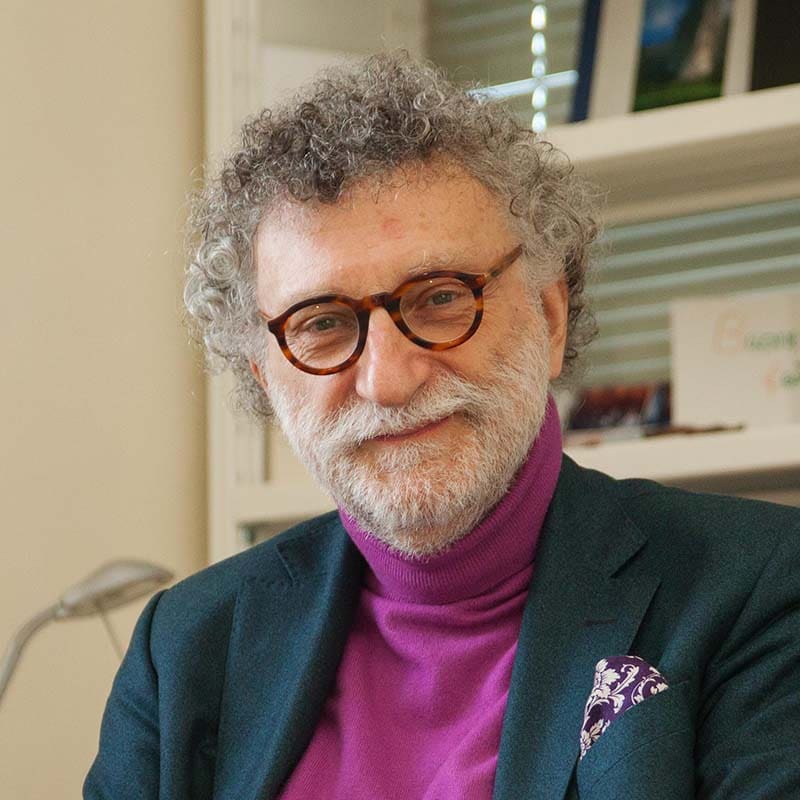Several innovation waves transforming the electricity sector
This is the third installment of the Topic of the Month: Thirty years of electricity markets
A series of profound innovation waves are transforming the electricity sector worldwide. The development of new technologies on both the supply and demand side, the growing policy focus on deep decarbonisation, the electrification of end-uses like transport and heating, and the emergence of new business models enabled by digitalisation have already today an impact on electricity markets and will affect their future development.
In this third episode of the Topic of the Month, we provide an overview of the innovation waves that are transforming the electricity sector and the challenges they pose to existing electricity markets.
The first wave
The first major wave of innovation is provided by the increasing deployment of renewable energy sources (RES) and the gradual replacement, at least in Europe and North America, of traditional thermal generation, both fossil fuel and nuclear-based. This change in the generation mix is the result of significant policy support and technological development since the early 2000s. Although hydro continues to play a fundamental role, wind energy and solar photovoltaics (PV) have today the most considerable growth potential, while concentrated solar, biomass, geothermal, wave and tidal energy have a less rosy outlook due to more limited availability of primary resources, immature technology or more valuable uses in other sectors. Wind and solar PV have reached grid parity in many parts of the world; nevertheless, some critical challenges for their further deployment remain, such as local opposition to the siting of new facilities, intermittency of their output leading to system costs, and their own high upfront investment costs. The involvement of communities, the strengthening of electricity networks, the development of demand response and storage, and the availability of low-cost financing will be important in supporting continued growth in the coming years (for more information on new technologies on the supply side, look at Chapter 12 by Nils May and Karsten Neuhoff in the new Handbook on Electricity Markets).
The second wave
The technological landscape is changing fast on the demand side too. In the past few years, significant innovation in electric appliances and digital solutions has been providing customers with a growing number of options for monitoring, controlling and optimising their electricity consumption, self-generating electricity, and storing any excess for later use. As a result of this, traditional consumers are turning into prosumers, prosumagers and even “nonsumers”. Their demand is becoming more flexible and responsive to market and system conditions. These developments are beneficial for individual customers and potentially also for electricity systems that must deal with a growing share of intermittent resources on the supply side. It is difficult to predict the effective uptake of these new technologies exactly. However, solar PV, domestic batteries, smart lighting, home energy management systems, electric vehicles (EVs), heat pumps and other technologies installed behind the meter already provide today electricity customers with more choices and the possibility to rely less on supply coming from the public grid. In areas where space is not a constraint – think of Australia – or the public grid is less developed, these technologies are already growing fast (for more information on new technologies on the demand side, look at Chapter 13 by Fereidoon Sioshansi).
The greening of the electricity mix and the digitalisation of “retail-size” assets located at the customer premises challenge existing business models in the industry and open the door to the emergence of new ones. The production of electricity from wind and solar PV are capital-intensive and require the identification of long-term guaranteed revenue streams before taking any final investment decision. Publicly-supported feed-in tariffs, contracts for difference or long-term corporate power purchase agreements are fundamental to induce established utilities, newcomers, communities and individual customers to invest in new capacity. On the contrary, the increasing availability and usability of data generated by digitalisation allow the manufacturing of new products and services with specific characteristics to target customers with particular preferences or needs. No ex-ante expensive investment in physical assets is needed in this case, but it is hard, in many instances, to know whether enough value for customers will be created and captured. Asset-light retailers, independent aggregators, digital platforms and smart managers of behind the meter assets are popping up here and there, but only time will tell if their business models are sustainable. Meanwhile, regulated electricity grids are challenged too, with already visible consequences (for more information on new business models in the electricity sector, look at Chapter 17 by Jean-Michel Glachant).
The third wave
A third major innovation wave in electricity markets is the shift in the focus of energy policy from competitiveness to environmental sustainability. In many jurisdictions across the world, governments are concerned with climate change and have decided the implementation of several public policies that aim at the decarbonisation of the electricity sector. Numerous options exist in this regard. For example, we may distinguish market-based and technology-neutral policies from those that are technology-specific. On top of this, we may differentiate between policies that address the supply side (e.g., subsidies for RES-based capacity deployment) and policies that address the demand side (e.g., those promoting energy efficiency). The level of efficiency and effectiveness of these policies depends on many factors. Putting an explicit price on carbon emissions looks like the most efficient choice; however, governments often implement sets of measures, mainly for political reasons or to address multiple market failures. This is understandable but calls for sufficient attention being paid to the interactions between the multiple policies employed (for more information on the tools and policies to promote decarbonisation of the electricity sector, look at Chapter 14 by Kathryne Cleary, Carolyn Fischer and Karen Palmer).
The fourth wave
Electrification of road mobility constitutes a fourth radical wave of change in the electricity sector. The massive deployment of EVs over the coming years can significantly increase electricity demand and offer new sources of flexibility to the system. Technology has improved in the last decade and sales have taken off in several countries. Nevertheless, important challenges remain: batteries are still expensive, vehicles have limited autonomy, and a lot of time is needed to charge at a cheap rate. As a result, consumers are still quite hesitant and policy interventions by governments are fundamental to ensure market expansion. Electrification of transport will require time and will necessarily be gradual. In this context, some consider the uptake of plug-in hybrid electric vehicles as a sensible step before the full adoption of battery-electric vehicles. In the meanwhile, the interactions between EV fleets and the electricity system, the implications of new forms of autonomous and shared mobility, and the disappearance of fuel tax revenues will have to be investigated (for more information on the issues and opportunities of electrifying transport, look at Chapter 18 by Bentley Clinton, Christopher Knittel and Konstantinos Metaxoglou).
The fifth wave
Next to the electrification of transport, another disrupting wave is represented by the electrification of the heating and cooling sector. This sector is currently dominated by fossil fuels and is responsible for a large share of global greenhouse gas emissions. Its decarbonisation is necessary but constitutes a daunting task due to the massive stock of physical capital to replace and the limited availability of fully mature technologies. The adoption of heat pumps and other technologies that rely on electricity represents one of the most viable routes at the moment, especially when talking about residential and commercial buildings. However, the implications of this transformation will be huge for the electricity sector: yearly average demand may double and peak demand may increase up to five times. This calls for the implementation of public policies that promote increases in energy efficiency and a synergic interaction between electrified buildings and the rest of the power system (for more information on the electrification of residential and commercial heating, look at Chapter 19 by Mathilde Fajardy and David Reiner).
Learn more
If you want to hear more on the series of innovation waves that are transforming the electricity sector and how they may impact on the future role of markets, or if you would like to pose questions to some of the contributors of the Handbook on Electricity Markets, join the second open access webinar hosted by FSR and IAEE on 15 November 2021.
Watch more
Innovation waves in the electricity sector | Jean-Michel Glachant – YouTube
Michael Pollitt on electricity markets: adapting to new technologies and policy priorities – YouTube







